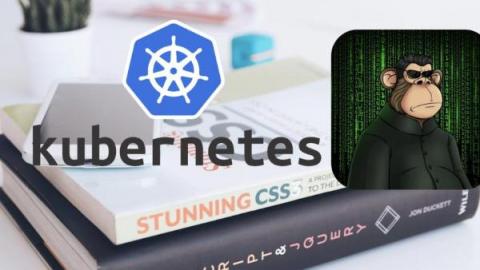Kubernetes for the JavaScript Developer - Part Two - Deploy to Kubernetes
Continuing on from Part One where we went through a brief history of containers and Kubernetes then Dockerized a NodeJS application, now we are ready to deploy to Kubernetes. If this is your first or nth time deploying to Kubernetes, Shipa makes this simple. You don’t have to worry about authoring multiple Kubernetes manifests and templates to deploy your application, all you need is an image.











